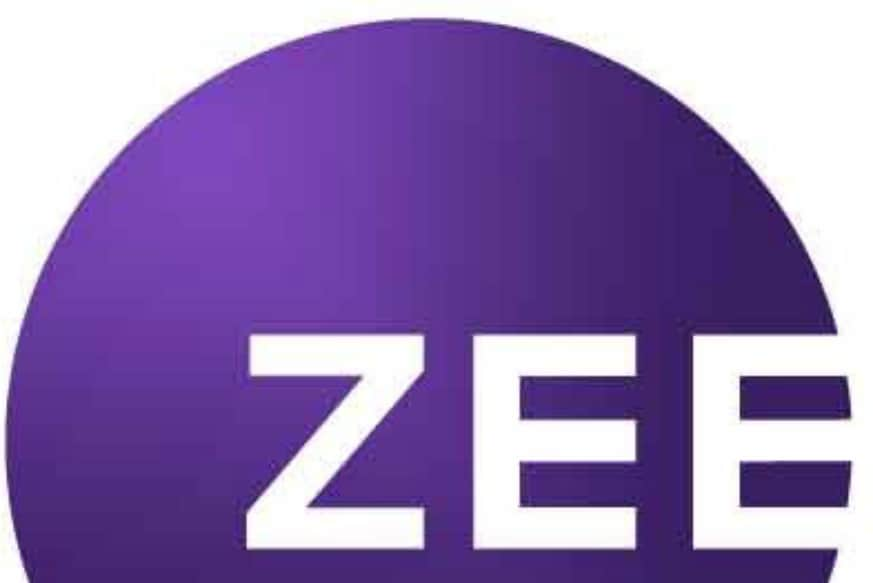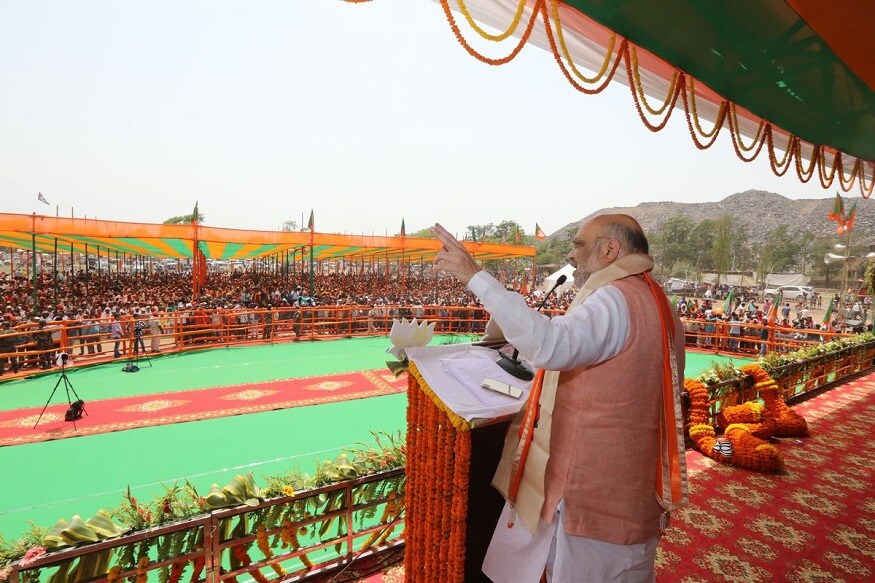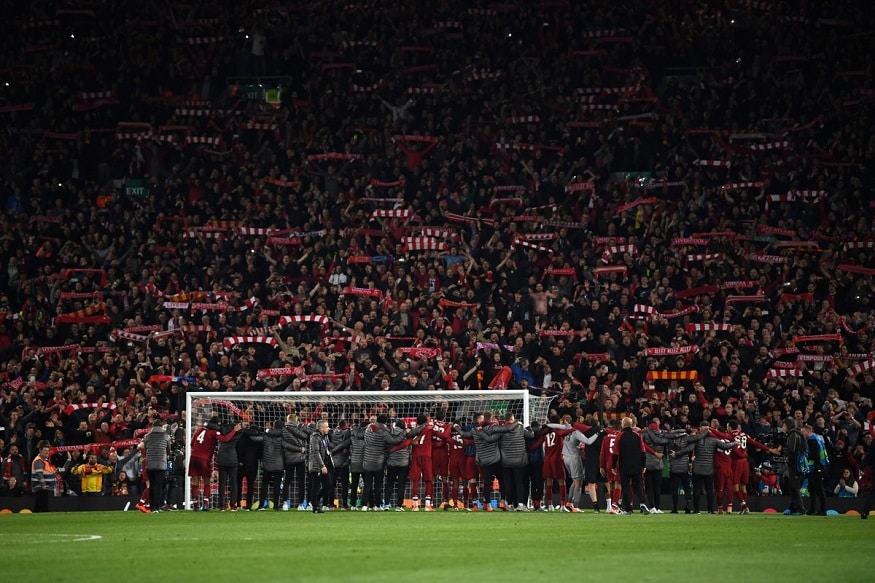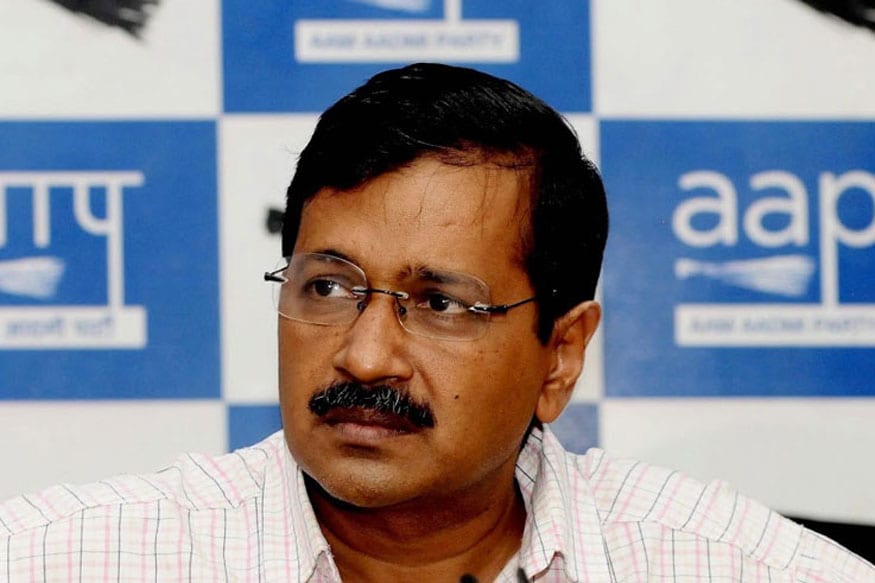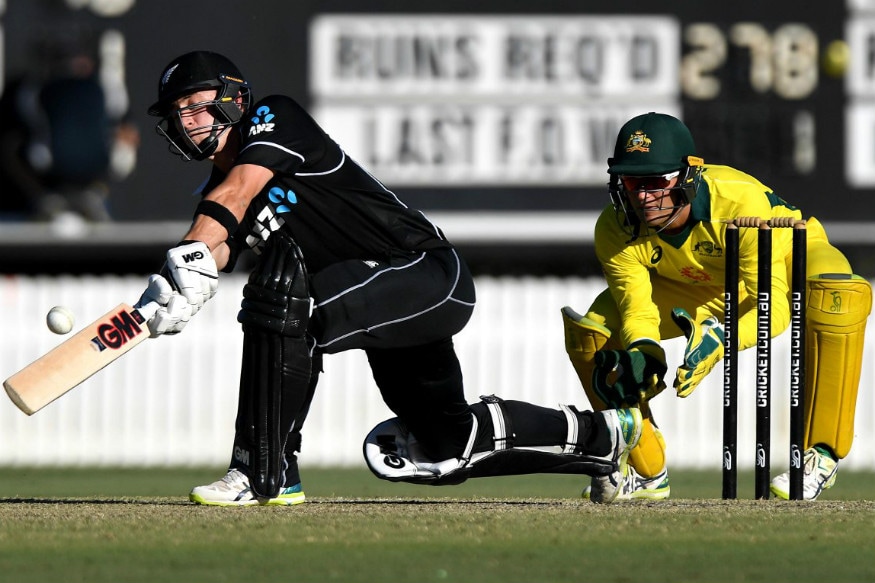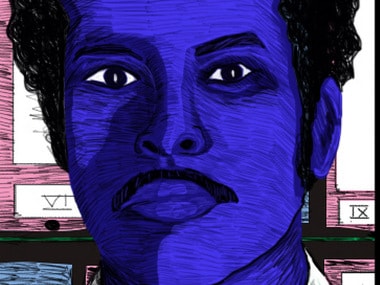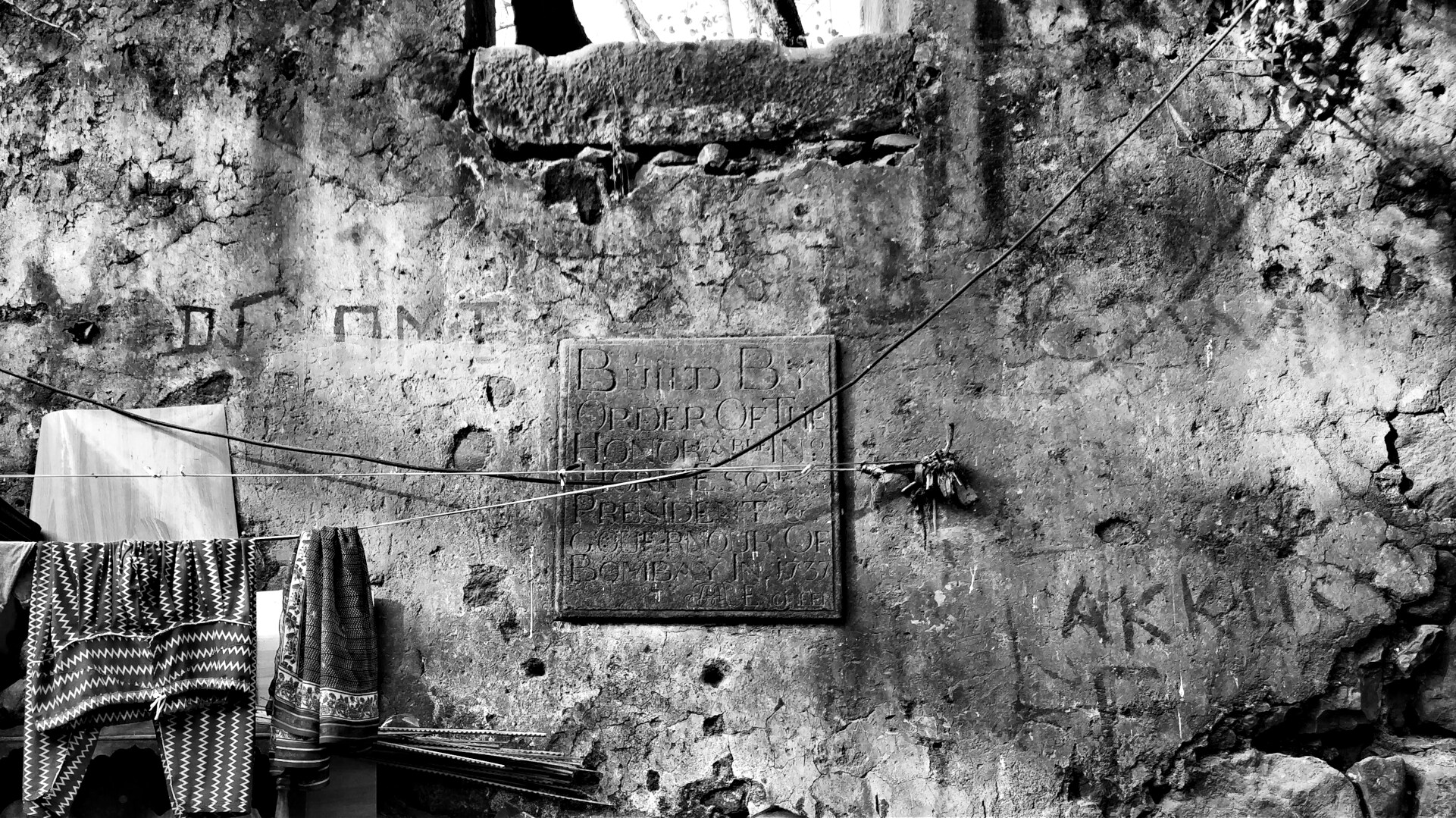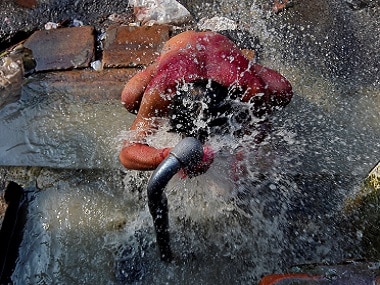The company has launched a stripped down version of one of its largest-selling models Alto to cater to the taxi segment called Alto H1
Weak sales has forced Maruti Suzuki to sell cars designed specifically for commercial users and create an alternate demand source.
The country’s largest carmaker has in March launched a stripped down version of one of its largest-selling models -- Alto -- to cater to the taxi segment. Christened Alto H1, this variant is designed specifically for buyers that run their vehicles under Ola, Uber and other such taxi aggregators.
At present, the variant is launched only in a few markets such as Tamil Nadu. Powered by an 800cc engine, the Alto H1 is priced at Rs 3.64 lakh (ex-showroom Chennai) and features only power steering and air-conditioning. Other widely present features seen on cars such as power windows and music system will not be part of the Alto H1.
The H1 is priced at a premium (Rs 61,000) to the Alto STD, the base variant for retail customers. The STD is priced at Rs 3.03 lakh (ex-showroom Chennai) and does not have air conditioning, power steering, power windows or even body coloured bumpers.
The H1 is the third model by Maruti Suzuki specifically designed for the commercial segment. Dzire Tour and Celerio H2 (variants of existing models) have been launched by the Delhi-based company targeting cab aggregators.
A virtual meltdown in demand for new cars over the past several months has made companies scout for ideas. Maruti’s domestic passenger vehicle sales grew by just 5.3 percent last fiscal as against a double-digit growth predicted by it at the start of last year. In April too, its sales disappointed, falling 20 percent year-on-year.
Due to demand saturation claims in Mumbai and Delhi, drivers running their vehicles under Ola and Uber have complained of falling revenue and profit since the past several quarters.
From around 10-15 percent three years ago, the share of cab aggregators to total sales for a car manufacturer has dipped to around 6-8 percent, as per market estimates. For Maruti, commercial buyers constitute around eight percent of its total sales.
According to estimates prepared by IHS Markit, a research firm, cab aggregators will account for 12 percent of its new vehicle sales in India by 2030. Since mileage is of top priority for taxi operators, Maruti hopes the Alto with its 22 km per litre mileage is suitably placed in the market.
Sales pressureThough the market leader found an average of about 21,000 new Alto customers every month last year. There was, however, no growth compared to 2017-18, sources said. A mail sent to Maruti Suzuki seeking clarity on the Alto H1 remained unanswered at the time of publishing the article.This is because new car customers have moved to more premium buys such as the Swift or Baleno, leading to a stagnation in demand for entry-level cars such as Alto and Renault Kwid.
In April, Maruti launched the Bharat Stage-VI version of Alto and said it had added additional safety features, new technology and design and compliance to Bharat Stage-VI regulation to the new Alto. With these changes, the new Alto becomes the first entry-level segment car to be compliant with the safety and environment regulations.






























